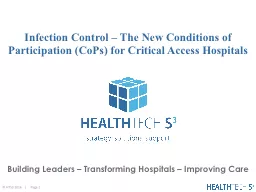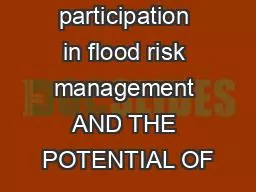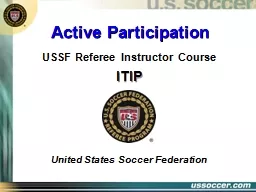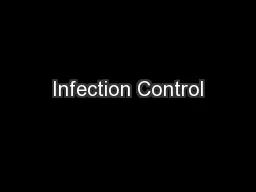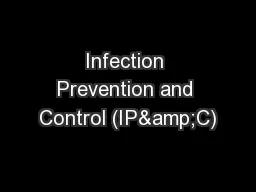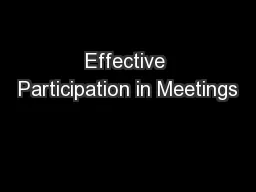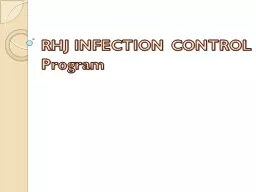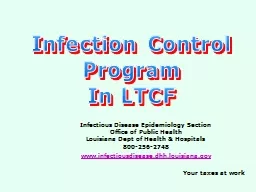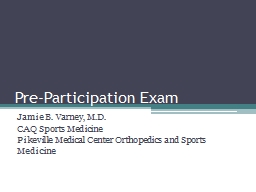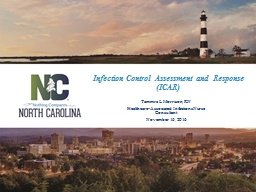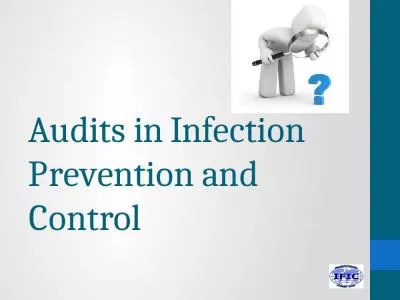PPT-Infection Control – The New Conditions of Participation (
Author : tatiana-dople | Published Date : 2017-07-27
CoPs for Critical Access Hospitals Turnaround Strategy Financial Operations Corporate Compliance Board Development Regulatory Compliance and Accreditation Preparation
Presentation Embed Code
Download Presentation
Download Presentation The PPT/PDF document "Infection Control – The New Conditions..." is the property of its rightful owner. Permission is granted to download and print the materials on this website for personal, non-commercial use only, and to display it on your personal computer provided you do not modify the materials and that you retain all copyright notices contained in the materials. By downloading content from our website, you accept the terms of this agreement.
Infection Control – The New Conditions of Participation (: Transcript
Download Rules Of Document
"Infection Control – The New Conditions of Participation ("The content belongs to its owner. You may download and print it for personal use, without modification, and keep all copyright notices. By downloading, you agree to these terms.
Related Documents

